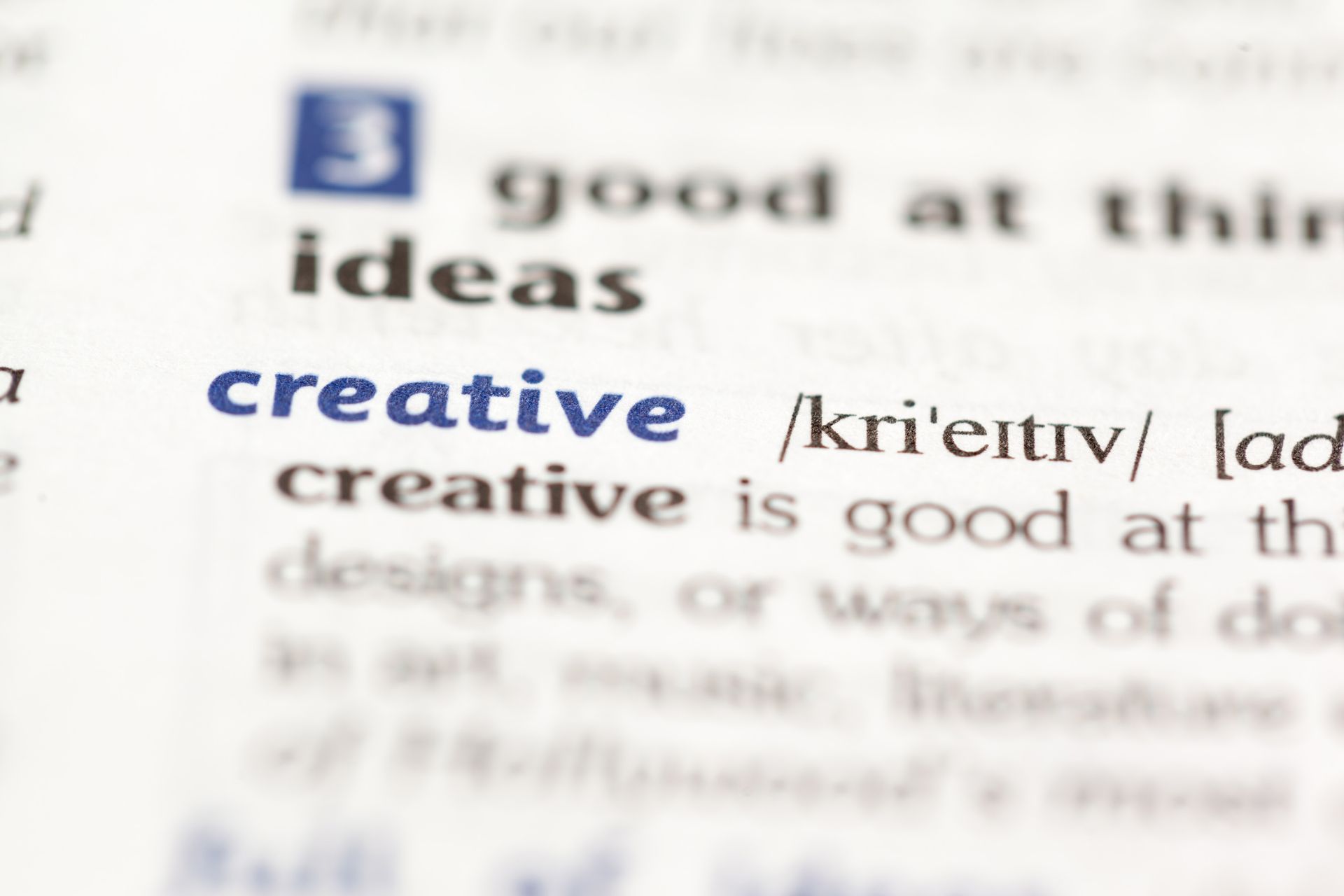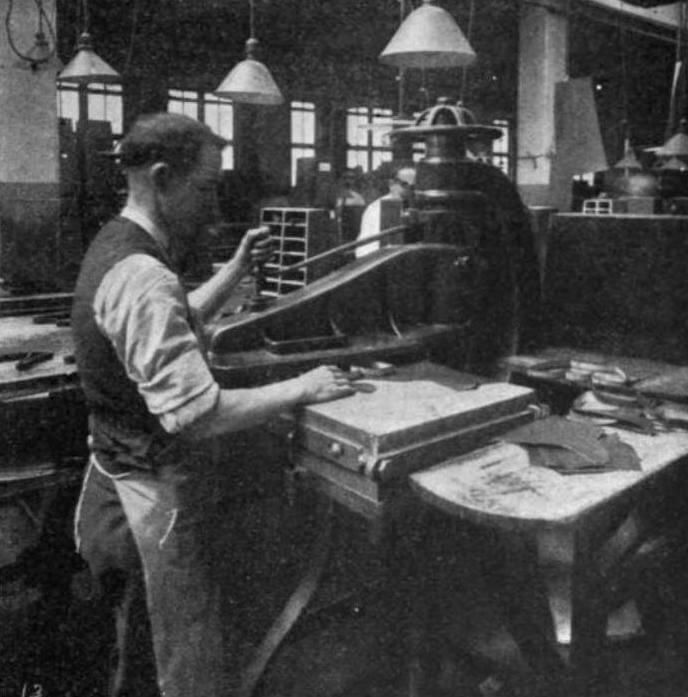The Value of Intelligence: Emotional Connection and the Power of Language in Marketing and Printing
The Value of Intelligence: Emotional Connection and the Power of Language in Marketing and Printing

Introduction
Intelligence is often perceived through the lens of academic achievement, problem-solving abilities, or technical skills. However, its true value extends far beyond these metrics, deeply intertwining with our emotional connections and sensory experiences. In the realm of marketing and printing, intelligent design and communication can leave a lasting impression, much like a perfectly crafted piece of print material.
Learning Something New
One of the most significant values of intelligence is its ability to impart new knowledge. Meeting intelligent individuals often results in learning something novel, which enriches our understanding of the world. This process is supported by cognitive psychology, which suggests that learning new information stimulates the brain's neural pathways, enhancing cognitive function and memory. For example, Snapple’s bottle caps with fun facts became immensely popular because they provided customers with new and interesting information in an engaging way, making each bottle an educational experience. Source
The Power of Language
The use of language plays a crucial role in how intelligence is perceived and appreciated. It's not merely about using complex or uncommon words but about choosing the right words at the right time. This precise use of language can elucidate complex concepts and evoke emotions, making the communication more impactful. Studies in linguistics show that effective communication often relies on clarity and appropriateness rather than the complexity of vocabulary. In marketing, this is evident in slogans like Nike's "Just Do It," which uses simple, motivational language to inspire action and resonate deeply with consumers. Source
Sensory Stimulation and Emotional Connection
Intelligent communication often triggers our senses and emotions, much like experiencing soft-touch lamination on paper or admiring a beautifully curved building. These sensory experiences can create deep emotional connections and enhance our appreciation of the subject. Research in neuroaesthetics indicates that sensory experiences, such as touch or visual aesthetics, can significantly impact our emotional responses and cognitive processing. For instance, the unboxing experience of high-end phones, such as Samsung or other premium brands, often evokes joy and excitement. The meticulous packaging, sleek design, and tactile sensation of handling a new device create a memorable experience that enhances brand loyalty and customer satisfaction. Source
The Importance of the Right Word
Using the correct word at the right time is not just about accuracy but about resonance. It allows the listener to grasp the full meaning and context effortlessly, creating a moment of clarity and connection. This phenomenon is supported by studies in psycholinguistics, which show that word choice can significantly influence comprehension and emotional impact. Conversely, getting it wrong can have negative repercussions. For example, Pepsi's "Live For Now" campaign during the Kendall Jenner advertisement controversy failed to resonate with audiences and was seen as trivializing social justice movements. This misstep highlighted how a poorly chosen message can lead to backlash and damage a brand's reputation. Source
Conclusion
Exploring the value of intelligence through emotional connections, sensory experiences, and the power of language reveals its profound impact on our lives. Intelligent interactions, whether through a well-chosen word, an elegant design, or a sensory touch, enrich our experiences and leave us yearning for more. They open our minds and trigger our senses, adding immense value to every product and conversation. By appreciating these nuances, we can foster deeper connections and greater understanding, making our marketing and printing efforts more effective and engaging.
References
- E. Bruce Goldstein (2014). Cognitive Psychology: Connecting Mind, Research, and Everyday Experience. Link to Source
- Pinker, S. (1994). The Language Instinct: How the Mind Creates Language. Link to Source
- Chatterjee, A. (2014). The Aesthetic Brain: How We Evolved to Desire Beauty and Enjoy Art. Link to Source
- The Oxford Handbook of Cognitive Psychology. Link to Source
This blog post aims to encapsulate the essence of intelligence's value in fostering emotional connections and enhancing sensory experiences, backed by relevant studies and articles.















